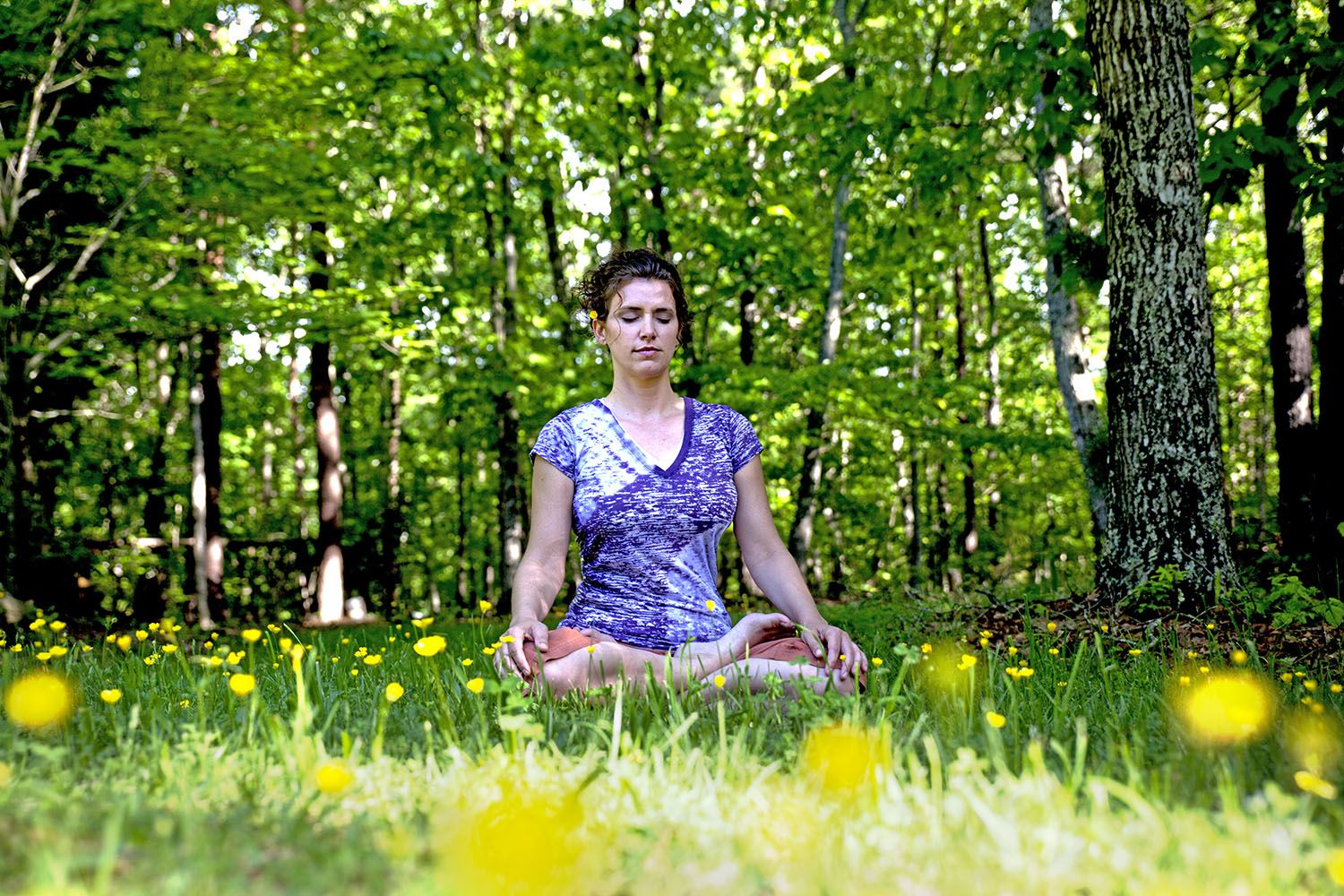

Healthline has strict sourcing guidelines and relies on peer-reviewed studies, academic research institutions, and medical associations. Or, find a shady spot that’s protected from bright sunlight or reflections. If you like doing yoga outside, practice in the early morning or evening when the sunlight isn’t too strong. Avoid bright lightsĭo yoga in a room without harsh, bright lights. Over time, you can increase the frequency and difficulty of your yoga sessions. Try not to rush into each pose, or to push yourself beyond what’s comfortable for you. The more you breathe, and the deeper you breathe, the more oxygen can reach your muscles and your brain. Do your best to inhale and exhale deeply throughout your practice. Examples of inversion poses include:ĭeep, mindful breathing is a vital component of yoga. If you’re prone to headaches, avoid poses that invert your head.

Another option is to practice in front of a mirror or take pictures to see how you can improve your form and overall technique. Some yoga teachers also offer one-on-one classes. If you’re new to yoga, attend a yoga class for in-person guidance. To avoid pain and discomfort, take time to learn the right technique. Some examples of pre-workout snacks include:

The calories and glucose will provide your body with the fuel you need to stay energized during your yoga session. This is even more important during:īefore practicing yoga, eat a pre-workout snack. Its best to spread out your intake of fluids throughout the day.ĭrink extra fluids before, during, and after exercise, such as yoga. Staying well hydrated can prevent headaches due to mild or moderate dehydration. Instead, follow the tips outlined below to see if they help. If you get headaches while doing yoga, you don’t have to give up the practice. How can you prevent a headache when practicing yoga? This is more likely if you practice yoga outside. Similarly, bright sunlight and sun glare can cause a heat headache. Bright lightsīright indoor lights can trigger a headache or migraine. Doing more than your body is capable of could lead to a headache. But if you’re new to the practice, or if you are moving through an advanced sequence, you may overexert yourself. Yoga is generally considered to be a low-impact workout. This, in turn, may cause a headache and muscle tension. Improper or shallow breathing can make it difficult for oxygen to reach your muscles and brain. This may happen when you’re trying to focus on a pose or movement. Improper breathingĭuring yoga, you might hold your breath without realizing it. If you’re prone to headaches, these poses might trigger or worsen headache pain. This puts your head in an upside-down position. In an inversion pose, your heart is placed higher than your head. This can cause a headache as well as tension and discomfort in the affected area. Practicing yoga with the wrong technique can strain the muscles near your neck and head. Doing each yoga pose with the correct form is key to preventing pain and injury.

Yoga, like other types of exercise, requires proper technique. Low blood glucose can cause a hunger headache, along with: If you don’t eat before doing yoga, your blood glucose levels might dip too low. This is especially important during exercise, including yoga. In addition to a headache, other symptoms of dehydration include: You’re more likely to become dehydrated if you practice yoga in hot weather or do a physically demanding sequence. Sweating increases your risk of dehydration. It occurs when you drink less water than your body needs. Dehydrationĭehydration is a common cause of headaches. Some of the most common reasons for a headache during or after a yoga session could be due to the causes outlined below. If yoga makes your head hurt, consider your habits and environment.


 0 kommentar(er)
0 kommentar(er)
